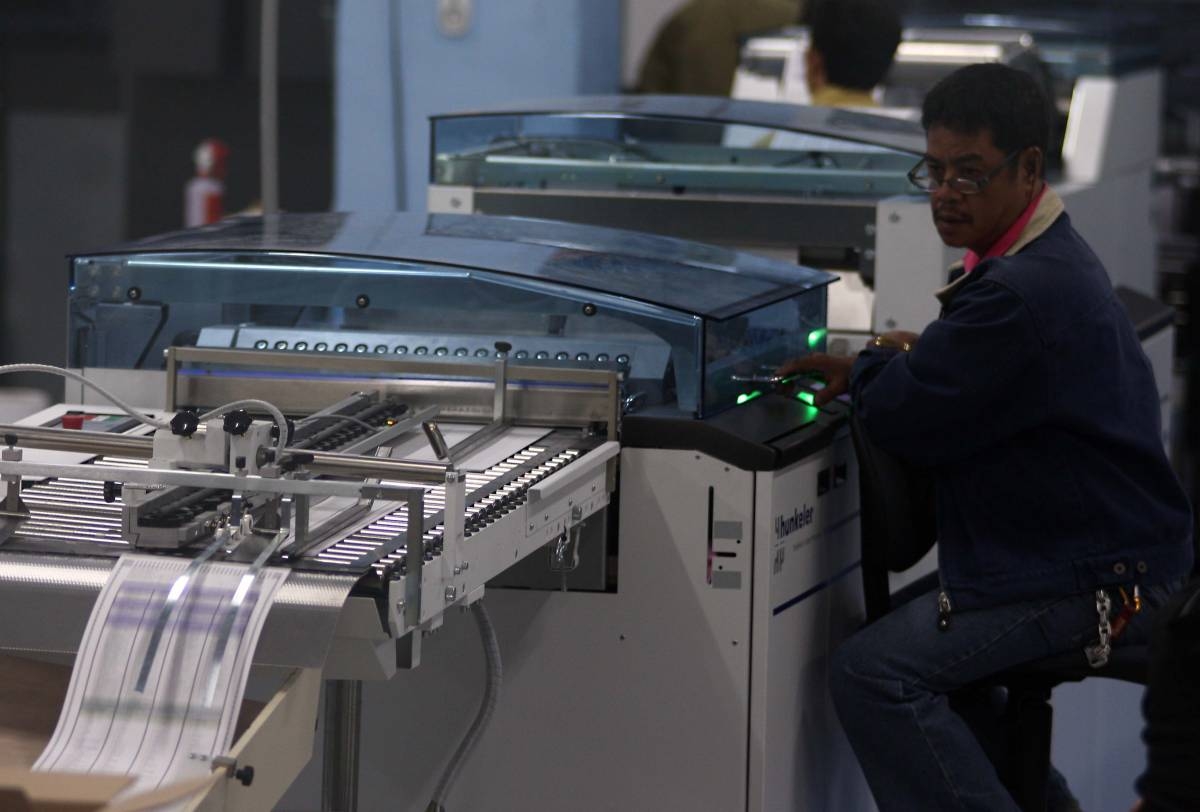The Supreme Court of the Philippines has made a significant ruling regarding the transparency of the electoral process. In a recent case, the Court held that the Commission on Elections (Comelec) can be compelled to allow the witnessing of the printing of ballots and disclose the complete transmission diagram and data/communications network architecture of vote counting machines.
The petition for a writ of mandamus was filed by the National Press Club of the Philippines (NPC), Automated Election System Watch, and Guardians Brotherhood, Inc. The Court, through Associate Justice Ricardo Rosario, emphasized that the Comelec has a duty under Section 187 of the Omnibus Election Code to allow designated watchers to observe the printing of the ballots. The Court stated that as long as a request has been made, it is the Comelec’s responsibility to enable designated watchers to witness the printing process.
The Court dismissed Comelec’s argument that certain areas at the National Printing Office (NPO) are off-limits due to security reasons. It clarified that the designated watchers are even entitled to guard the premises of the printer. The Court also highlighted that the law does not restrict the methods by which the Comelec can allow the watchers to witness the printing process. It acknowledged that livestreaming, among other methods, has helped strike a balance between preserving ballot integrity and ensuring transparency in the election process. However, the Court emphasized that on-site viewing of the printing process should not be completely eliminated.
On the issue of the configuration and preparation of SD cards and vote counting machines (VCMs), the Court ruled that the Comelec cannot be compelled to allow witnessing as the AES Law does not specifically require it. The law only mandates examination and testing after the configuration of the devices. The Court reasoned that it would be absurd to allow the examination and testing of unconfigured equipment or devices. However, the Court emphasized that the public can examine and test SD cards and VCMs, subject to reasonable security protocols.
The Court further ruled that the Comelec must disclose the complete transmission diagram and data/communications network architecture of the VCMs. It stressed that the credibility of the Automated Election System (AES) is directly linked to the transparency of the entire process, from ballot preparation to vote canvassing. The Court recognized the importance of protecting the secrecy and sanctity of the electoral process, but emphasized that transparency and credibility are equally crucial. Informed elections are essential for ensuring free, orderly, honest, peaceful, and credible elections, according to the Court.
The Court highlighted that the VCM transmission diagram is a matter of public concern and interest. It stated that the Comelec should make it available, especially considering that unauthorized transmissions and communications to and from network nodes plotted in the diagram or architecture could raise doubts about the integrity of the elections.
This ruling by the Supreme Court reinforces the importance of transparency in the Philippine electoral process. It ensures that designated watchers can observe the printing of ballots and that the public can examine and test SD cards and VCMs. Additionally, it emphasizes the need for the Comelec to disclose the complete transmission diagram and data/communications network architecture of the VCMs. These measures aim to enhance the credibility and integrity of the electoral system, promoting informed and trustworthy elections in the Philippines.







